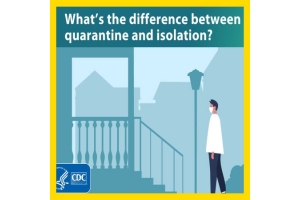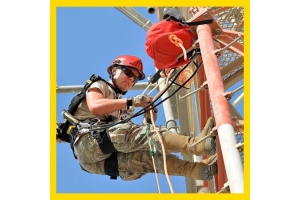Currency
-
August 08, 2019San Francisco — Attorneys general of 10 states and the District of Columbia are suing the Environmental Protection Agency and its administrator, Andrew Wheeler, over the agency’s refusal to issue a rule to further regulate asbestos – a known human carcinogen.
In a lawsuit filed June 28 in the U.S. District Court for the Northern District of California, the plaintiffs contend that EPA’s April 30 denial of their Jan. 31 petition urging the agency to implement a reporting rule mandating data on asbestos use and importation is “arbitrary, capricious and not in accordance” with requirements under the Toxic Substances Control Act of 1976.
The plaintiffs assert that data provided under possible additional regulation would allow EPA to better “assess the potential hazards and exposure pathways of asbestos” while using the “best available science” in its evaluations.
“Given EPA’s understanding of asbestos and reporting, EPA does not believe that the requested reporting -
August 08, 2019llumination is a work place hazard that is often overlooked and is influenced by so many other non-workplace exposures that it is difficult to pin point the actual culprit when it comes to making a diagnosis on eye disease. The reason being, that it is difficult to quantify the difference between workplace light exposure and non-workplace light exposure.
Light is defined as the visible part of the electromagnetic radiation within a range of 380-780 nm. In humans (as in the case of all mammals), light acts directly on the retina of the eye to fulfil both visual function and non-image forming tasks. Visual function There are two types of photoreceptors in the human retina called rods and cones. Rods are responsible for scotopic (low light level) vision and do not medicate colour vision and have a low spatial acuity. Cones are responsible for photopic (higher light level) vision and are capable of colour vision and responsible for high spatial acuity. Non-image forming tasks Non-image -
August 03, 2019by Carla Sertin 26 Jul 2019
-
August 03, 2019Cuts and lacerations are common workplace injuries. In fact, about 30% of all workplace injuries involve cuts or lacerations, and approximately 70% of those are to the hands or fingers, according to the Ohio Bureau of Workers’ Compensation.
These injuries can range from minor abrasions that require first aid to serious or life-threatening puncture wounds, deep lacerations or amputation injuries.
How workers get hurt
A cut or laceration can occur a number of ways on the job. A worker may use the wrong tool for the job or a tool that’s in poor condition. Or, he or she might be working on a machine that has missing or improperly adjusted guards. Poor lighting, clutter and debris also can play a part, as can lack of training, working too fast, failure to wear proper personal protective equipment and not following safety procedures.
-
August 03, 2019“Personal protective equipment” covers a wide range of ever-advancing products. Safety+Health, with help from the International Safety Equipment Association, recently reached out to PPE manufacturers with three questions: What trends are happening now, what challenges are your customers reaching out to you with, and what technological innovations are here or on the horizon?
Here are their responses:
1. What recent PPE trends have you observed?
“We are seeing a consolidation of suppliers as well as an emergence of private-label safety gear from large distributors who require more general purpose PPE. Innovations on specialized PPE are coming from the major manufacturers of safety equipment. One example is hand protection. The new ANSI/ISEA 138 impact standard for safety gloves went into effect recently, requiring a more stringent -
August 03, 2019Contamination is defined as the pollution and contagion of materials, objects, people, area or structure by undesirable microorganisms, harmful industrial chemicals and / or warfare agents in combat situations, chemical-biological terrorist attacks and industrial chemical exposures.
Decontamination is the process of chemical cleansing, sterilization, cleaning and / or removing with antisepsis in the first intervention, in case of possible vital risks involved in these kind of events which are in the scope of civil defense and occupational safety.
Within the scope of the DISASTER RESPONSE PLAN, duties and responsibilities of related institutions and organizations and the equipment to be used are defined. In such cases, the distance to the hazardous area, the number of people exposed, transportation and intervention opportunities are the basis for choosing decontamination systems type.
Apart from industrial pollution, in cases of chemical attacks during









